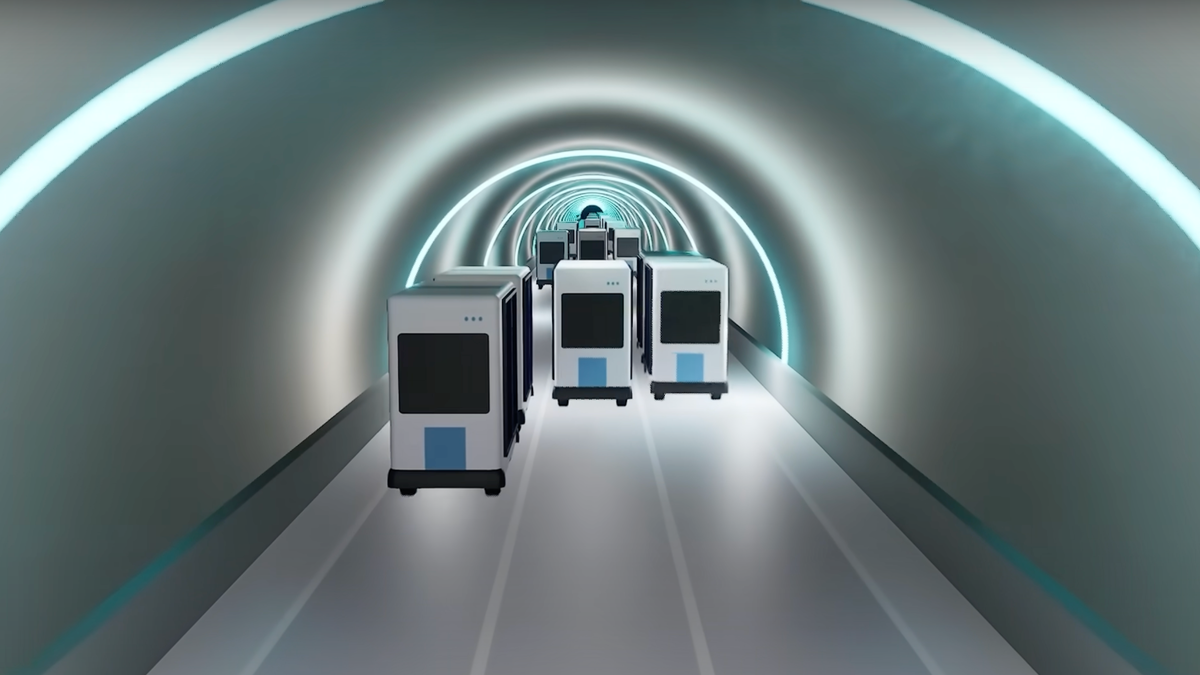Japan is looking to up its world-leading mass transit game with a “conveyor belt road” meant to be a 320-mile automated cargo transport corridor that will link Tokyo and Osaka. This “autoflow road” is being built in an effort to make up for Japan’s delivery capacity shortage.
OK, to be fair, it isn’t really a conveyor belt, though that would be cool. There’s no real conveyor mechanism, according to Futurism. In actuality, the road will facilitate movement from an army of robotic pallets that can move from destination to destination all day, every day. That shit is still pretty neat! Japan’s deputy director of the Ministry of Land, Infrastructure, Transport and Tourism, Yuri Endo spoke to the Independent about why the country is undertaking this wildly ambitious project:
“We need to be innovative with the way we approach roads,” Endo told The Independent. “The key concept of the autoflow road is to create dedicated spaces within the road network for logistics, utilizing a 24-hour automated and unmanned transportation system.”
Here’s how the road is going to do the work of 25,000 truck drivers per day, according to Futurism:
An official concept video shows dozens of the cargo pallets traveling across the autoflow road, which is split into three lanes and sits between an existing highway.
The middle lane appears to act as a passing lane but also as a place for pallets to stop, while the two outermost ones are designated for opposite flows of traffic. The driverless vehicles automatically move between lanes and form convoys on the fly, with the kind of robotic coordination that would be impossible for human drivers (but which also has us asking, “why not just use a train?”)
Once they reach their destination, which is a logistics base of some sort, automatic forklifts will load and unload the cargo. From there, humans will handle making door-to-door deliveries.
The cargo boxes are 70.9 inches tall, 43.4 inches wide and 43.4 inches long, according to The Independent. If all goes to plan, they may be extended to other routes. Still, this process cannot be totally automated. It’s expected that human drivers may have to do last-mile deliveries to people’s doors.
This “conveyor belt” – other than being a really cool concept – is extremely necessary for Japan. The country is facing a very serious trucking crisis, as Futurism explains:
Over ninety percent of the country’s cargo is transported over roads. Recent restrictions on overtime hours, however, means that there will be a 14 percent deficit in delivery capacity, according to government estimates.
These same estimates indicated that a third of Japan’s cargo could be left undelivered by the end of the decade, per The New York Times, causing $70 billion in economic losses in 2030 alone. Since it’s unglamorous and often grueling work, it’s unlikely that companies can make up for the shortfall by hiring more drivers.
Japan’s overall transport capacity will fall 34 percent by 2030, the Independent
reports. Domestic transport capacity is currently about 4.3 billion tons, with more than 91 percent of that being moved by trucks.
We’re still a few years away from this thing being a reality. The Independent says tests won’t begin until 2027 or 2028, and it won’t be a fully operational system until the mid-2030s.

